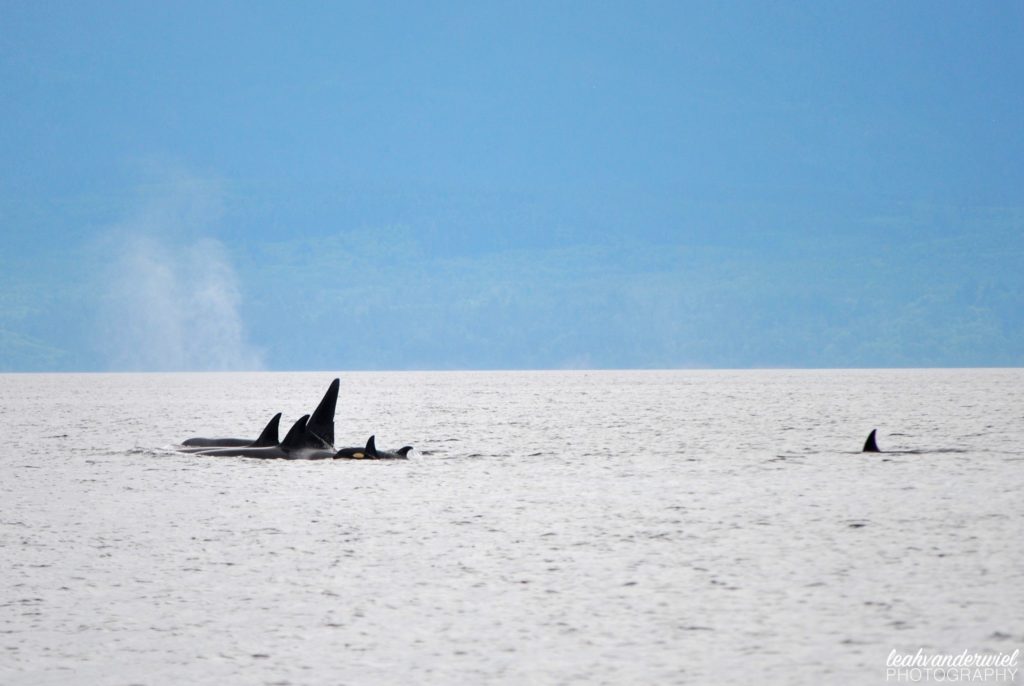A frequent discussion we have on our whale watching trips is the difference between the types of Killer Whales we have in the Salish Sea. Yes, you read that right! Types! This means that there is more than one kind of Killer Whale that inhabit our water; the one you are most likely to see is not the one you would expect.
Traditionally, the Salish Sea has been home to both the Southern Resident Killer Whale and the Transient Killer Whale populations. This typically sets up the misunderstanding that one ecotype lives here year-round and the other either does not spend time here regularly or has a migratory route. Contrary to their name the Transient Killer Whales are actually the whales we see most often. Let’s debunk this misnomer!
If we hopped into a time machine and turned it back to the mid-1970s we would end up in the middle of the whale revolution on the Pacific Coast. It was here that the public became fascinated with Killer Whales and wanted to see them in captivity. From this vantage point they would be safe, but still, get to be up close and personal with the ferocious beasts of the sea. The Canadian Government responded to this interest by commissioning a gentleman named Michael Biggs to study the population of Killer Whales on the BC coast. He was to find out if the population of whales would be able to handle having 10-15 individuals removed a year for marine parks. It was during this study Biggs learned a few key things about the Killer Whales of British Columbia.
First off, no the population would not be able to handle the removal of individuals as it was already quite small. Secondly, he noticed that there were a few whales amongst the rest that seemed to act differently. He had recorded that the regular Killer Whales traveled in large groups, away from the shore and were quite predictable; the others were quite the opposite, they traveled in small groups of 3-4, close to the shore, erratic, and were not as consistently seen as the regular whales were. Biggs originally thought that these whales were rejected by their families and were now living a nomadic lifestyle. This is how the name Transient Killer Whale was born.
The more Biggs studied these whales the more he learned that they were not rejected or nomadic whales but an entirely separate ecotype! He came to the realization that they, in fact, are local to this area and spend most of their life around Vancouver Island. They look different, they sound different, their family structure is different and they eat different things than the Resident Killer Whales. These Transient Killer Whales eat mammals, meaning seals, sea lions, porpoises and dolphins. Mammals have great hearing and an incredible ability to learn how not to be prey. Because of these reasons, he learned that Transient Killer Whales have to travel longer distances and in smaller groups to successfully hunt.
To boil it all down into one sentence, the true difference between the Southern Resident Killer Whales and the Transient Killer Whales is food. The Transient Killer Whales eat mammals and the Southern Residents eat salmon. Both spend their lives in the Salish Sea and around Vancouver Island. In fact, in the last handful of years, the Transients have become more regular to the Salish Sea than the Southern Residents.
Michael Biggs was an incredible proponent to the research of Killer Whales in British Columbia. Since his passing, we are working on renaming the Transient Killer Whales to Biggs Killer Whales to better represent their population and pay homage to the man who changed their world.









